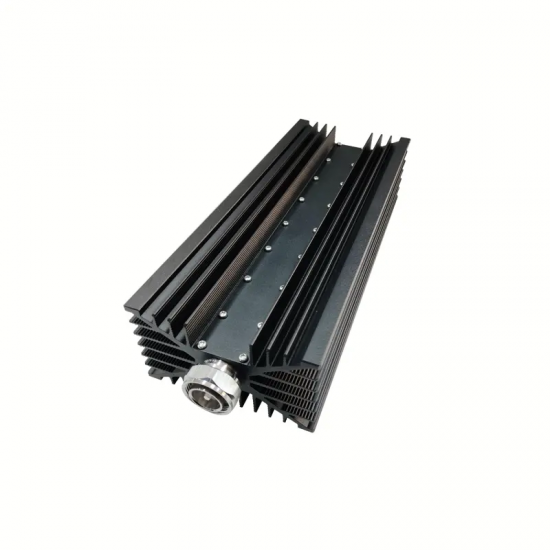-
 How To Test The Power of a Load
May , 21 2025
How To Test The Power of a Load
May , 21 2025
To test the power of a load, you can follow these steps: Gather Equipment: You'll need a multimeter, wattmeter, or power analyzer, depending on the accuracy required. Connect the Load: Ensure the load (such as a resistor, motor, or appliance) is properly connected to the power source. Measure Voltage: Use the multimeter to measure the voltage across the load. Make sure to set the multimeter to the...
View more
-
 What Is the Difference Between a Power Divider and a Power Splitter?
Jun , 18 2025
What Is the Difference Between a Power Divider and a Power Splitter?
Jun , 18 2025
1. Basic Function — What Do They Both Do? At a high level, both power splitters and power dividers are passive RF components designed to: Take one input signal Split it into two or more output signals Maintain specific impedance (typically 50Ω or 75Ω) Preserve signal integrity as much as possible These devices are commonly used in test setups, antenna feeds, distributed antenna systems (DAS), and ...
View more
-
 How Do Filters Work?
Jul , 02 2025
How Do Filters Work?
Jul , 02 2025
What Is an RF Filter? An RF filter is a passive or active component that allows signals within a certain frequency range to pass while attenuating signals outside that range. Filters are essential in both transmit and receive chains to isolate specific frequencies and prevent crosstalk, interference, or signal distortion. Types of Filters by Frequency Selection Depending on the application, filter...
View more
-
 What Is the Input Impedance of a Log Periodic Antenna?
Jul , 12 2025
What Is the Input Impedance of a Log Periodic Antenna?
Jul , 12 2025
Log periodic antennas are widely used in RF communication due to their broadband capabilities. One critical aspect of their performance is input impedance, which determines how efficiently the antenna transfers power from the transmission line. Understanding this parameter is essential for engineers and hobbyists working with these antennas. Why Input Impedance Matters The input impedance o...
View more
-
 Understanding Low PIM in RF Passive Components: Why It Matters
Jul , 17 2025
Understanding Low PIM in RF Passive Components: Why It Matters
Jul , 17 2025
What is PIM and Why "Low" PIM is Critical? PIM stands for Passive Intermodulation, a form of signal distortion that occurs when two or more high-power RF signals mix within a passive component—such as connectors, cables, power splitters, couplers, or antennas—and create unwanted interference at new frequencies. These new frequencies can degrade system performance, reduce data throughput, and affec...
View more
-
 What Does a Mismatched Coupled Port Actually Affect in a Directional Coupler?
Jul , 23 2025
What Does a Mismatched Coupled Port Actually Affect in a Directional Coupler?
Jul , 23 2025
Directional couplers are widely used in RF systems for signal sampling, power monitoring, VSWR detection, and PIM testing. While these components are passive by nature, their performance is highly dependent on how each port is terminated—especially the coupled port. In real-world applications, improper termination of the coupled port—either by leaving it open, using poorly matched devices, or low-...
View more
-
 Key Trends Driving the RF Industry Forward
Jul , 26 2025
Key Trends Driving the RF Industry Forward
Jul , 26 2025
The RF industry is experiencing rapid growth as new technologies and applications reshape the market. With the global demand for faster, more reliable wireless communication, RF components have become more critical than ever. 5G and Beyond The global rollout of 5G networks has significantly boosted the demand for RF components such as power splitters, couplers, and antennas. In addition, research ...
View more
-
 How to Avoid PIM Interference in DAS Systems
Aug , 07 2025
How to Avoid PIM Interference in DAS Systems
Aug , 07 2025
In Distributed Antenna Systems (DAS), Passive Intermodulation (PIM) is one of the most common yet overlooked causes of performance degradation. While DAS networks are designed to enhance wireless coverage and capacity, PIM can severely compromise signal quality, leading to dropped calls, reduced data throughput, and costly troubleshooting. This article outlines the practical measures and engineeri...
View more
 How To Test The Power of a Load
May , 21 2025
How To Test The Power of a Load
May , 21 2025